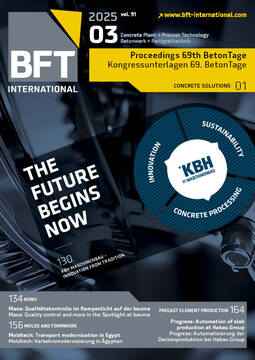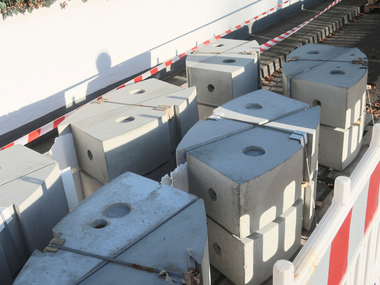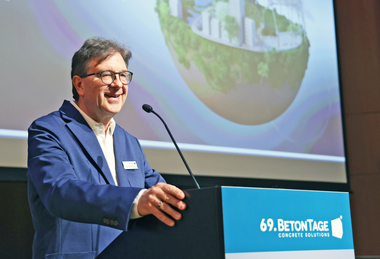Planning and building in the age of climate change
Increasingly extreme weather events, a global loss of diversity and massive dwindling of resources urgently call for a transformation of construction toward more sustainability. In any event, the construction sector in Germany continues, all things considered, much as before, irrespective of having exceeded the 1.5 °C mark in 2024. As a result of general economic conditions, the volume of construction has generally declined – which represents an important step toward reducing our consumption of resources and emissions. But we all know: just not building is also not a solution, because the need for affordable housing is undiminished and high.
The requirements facing all participants in construction are clear, and they can be summarized in three key points:
1. Emissions first: For both refurbishments as well as newbuilds – the emissions of a building must be considered over its entire lifetime and together with realistic CO2 prices. This especially includes the necessity to focus on gray emissions that occur during construction – with much more emphasis than has so far been the case. This requirement, of course, is associated with new challenges. But: innovative technologies and materials can help us, already today, to create more built homes with reduced emissions and without infringing on planetary limits. One example of many: gradient concrete.
2. Awareness of microclimate: The vast majority of the European population live in urban spaces. These spaces must be responsibly designed to increase comfort and quality in outdoor space. Measures such as the installation of stepping-stone biotopes as well as maximization of infiltration areas and intensive greening are just some of the aspects that stand for a sustainably built environment to the benefit of both nature and man.
3. Awareness of material consumption: Non-renewable resources are precious and must be handled by us with utmost care and within the scope of planetary limits. To achieve this, the way we handle material must change. Many structures are over-dimensioned for their actual tasks: i.e., they require excessive amounts of material. Unnecessary demolition of existing structures is another factor that ensures reduction of the globally available CO2 budget – without noticeable growth of usable space. This all means: optimization of construction elements, recycling, multi-functionality and transformation of existing stock are important methods for reducing consumption of resources. These efforts must be much more focused in the future.






